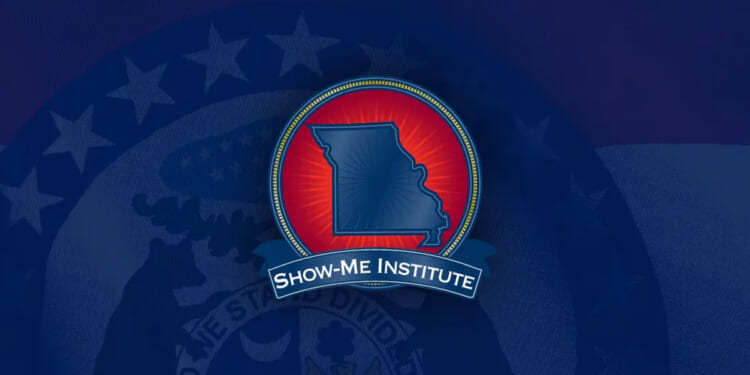A version of this commentary appeared in the Springfield Business Journal.
On November 4, Springfield voters will decide on a proposal to increase the city’s hotel tax by three percent. The proceeds from the new tax will help fund a new convention center for the city. A recent report paid for by the Visit Springfield tourism bureau said exactly what Visit Springfield wanted it to say: that a new convention center will generate enormous revenue for the Springfield area. The report claims a new convention center will drive $1.3 billion in new spending over the next 30 years. Exaggerated estimates like this one have been made on behalf of convention centers all around the country for decades, and the historic evidence is clear that Springfield voters should be dubious of such claims.
Between now and November, Springfield residents who visit St. Louis should drive by the largely empty dome attached to St. Louis’s downtown convention center to see how these convention center promises often play out. That dome was a part of a large convention center expansion in the 1990s. The same promises of growth, revenue, and utopia were all made when St. Louis voters approved a similar hotel tax increase back then. Now the dome is mostly empty, and the regional body that manages it is struggling to pay for its upkeep. St. Louis’s local tourism agency thinks the solution is the same thing it always is: further expansion of the convention center. Like a Cold War general in a Kubrick movie or a carpenter with a box full of nails, tourism agencies have the same solution for every problem. Economic recession? Expand the convention center. Economic growth? Enlarge the convention center. Global nuclear war? Definitely gonna need a bigger convention center to commiserate in.
The increased hotel tax isn’t the only public money being used as part of this plan. Other local sales taxes are slated to be used for funding, and state tax dollars are being considered. Tourists, Springfield residents, and possibly all of Missouri will get to pay for this new event space, whether it is actually needed or not.
Haywood Sanders is a researcher and writer with the University of Texas–San Antonio who has studied convention center expansions for decades. He has documented how cities and tourism agencies systematically inflate projections to get these projects approved. Sanders has reviewed the Springfield convention report and noted in an interview with a Springfield News-Leader reporter earlier this year that the report didn’t state how it calculated its room occupancy estimates and ignored underwhelming numbers of comparable convention centers in Overland Park, Kansas, and St. Charles, Missouri. Sanders states that the convention-center industry peaked in the early 2000s and shows no signs of returning to the success it enjoyed back then. With two major convention areas so close by in Branson and Lake of the Ozarks, a new center in Springfield will face intense competition. But I have no doubt that local Springfield convention-center boosters will ignore reality in their quest for tax revenue and city spending.
Visit Springfield wanted a report that claims a convention center will be an economic boon for the city. They got it. As Springfield residents prepare to decide on the hotel tax increase proposal, they should study the work of Heywood Sanders and others to learn about how these claims have been made about many other convention centers in many other cities, and how they usually fail. Springfield voters can also go to St. Louis to see the failures of these promises with their own eyes. Taxpayers should not be on the hook for convention centers whose overstated benefits, such as they are, will largely go to private entities. This is the Show-Me State, and the claims being made by supporters of the convention center for Springfield should be met with a healthy dose of skepticism by voters.










